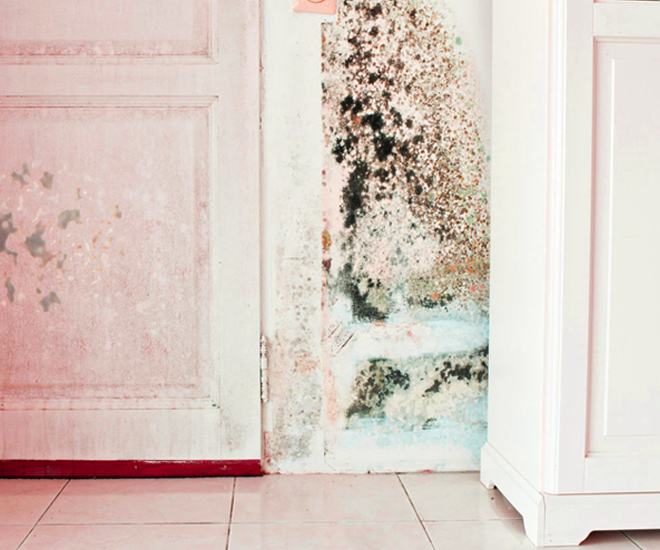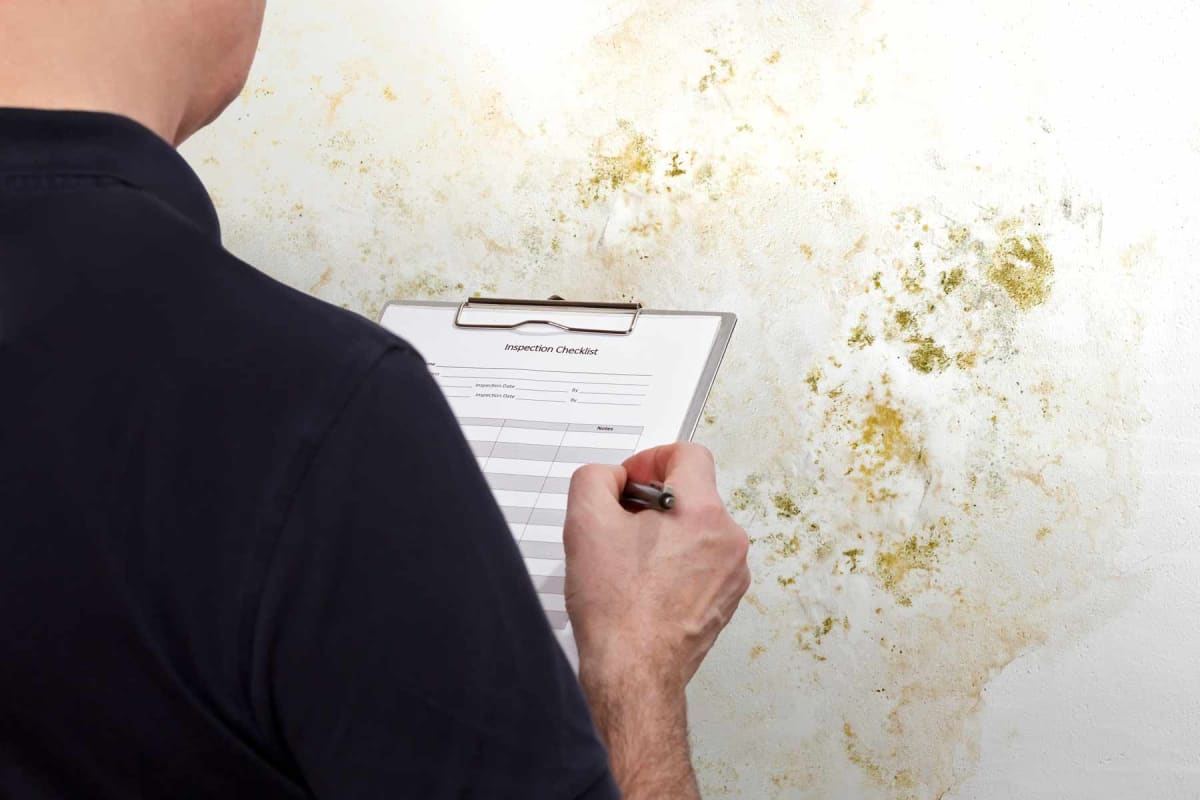Vital Actions After Mold Remediation
Vital Actions After Mold Remediation
Blog Article
Expert Tips for Message Mold And Mildew Remediation Success
In the world of mold remediation, efficiently eliminating mold is only half the fight; the true challenge exists in avoiding its reappearance. By adhering to professional pointers and ideal methods, individuals can safeguard their spaces against mold renewal and preserve a healthy and balanced indoor setting.
Monitor Humidity Degrees Consistently
After finishing mold remediation treatments, maintaining ideal humidity degrees is vital to protect against mold and mildew re-growth and guarantee a healthy and balanced interior setting. High moisture degrees above 60% develop a conducive setting for mold and mildew to grow, making normal monitoring an aggressive action to stop any type of future mold concerns.
Additionally, developing a regular schedule for moisture checks, specifically in high-risk locations such as kitchen areas, washrooms, and basements, is a positive strategy to mold avoidance. By consistently keeping track of moisture levels, property owners can efficiently reduce the risk of mold reoccurrence and keep a healthy and balanced indoor environment post-remediation.
Conduct Thorough Inspections Post-Remediation
Following the completion of mold and mildew removal procedures, it is essential to perform extensive assessments to confirm the efficiency of the remediation procedure. These post-remediation evaluations are vital in making sure that the mold and mildew problem has actually been effectively resolved and that there is no reoccurrence or remaining mold and mildew development. Examinations must be executed by qualified professionals that have knowledge in recognizing mold and mildew and evaluating interior air high quality.
During these examinations, various methods such as aesthetic analyses, air sampling, and surface area sampling may be employed to thoroughly examine the remediated locations. Visual evaluations entail a comprehensive inspection of the facilities to inspect for any kind of visible signs of mold and mildew growth or water damage. Air sampling aids in figuring out the air-borne mold and mildew spore levels, while surface sampling can spot mold and mildew particles on surface areas.
Implement Appropriate Air Flow Techniques
After making certain the efficiency of the mold and mildew removal process with detailed assessments, the following important action is to focus on executing proper air flow strategies. Sufficient ventilation is necessary in preventing mold reoccurrence by regulating dampness degrees and advertising air blood circulation.
Proper ventilation not only aids in avoiding mold growth yet also contributes to the overall wellness and comfort of passengers. By making sure ample ventilation throughout the home, you can reduce the risk of mold regrowth and create a remove mold bathroom tub healthier living environment.

Usage Mold-Resistant Materials for Repair Works
To boost the lasting efficiency of mold and mildew remediation efforts, integrating mold-resistant materials for repairs is important in alleviating the danger of future mold growth. Mold-resistant products are developed to withstand dampness and prevent mold and mildew growth, making them a necessary option for areas vulnerable to wetness and humidity. When repairing locations affected by mold and mildew, utilizing materials such as mold-resistant drywall, mold-resistant paints, and mold-resistant caulking can aid stop mold and mildew reoccurrence.
Mold-resistant drywall is a superb choice to traditional drywall in areas like basements and restrooms where wetness levels are greater. This kind of drywall has an unique finishing that resists mold and mildew growth even when you could look here subjected to damp problems. In addition, utilizing mold-resistant paints having antimicrobial representatives can even more prevent mold and mildew advancement on walls and ceilings.
In areas where wetness is usual, such as bathrooms and cooking areas, utilizing mold-resistant caulking around home windows, tubs, and sinks can help seal out water and prevent mold and mildew from taking hold in fractures and holes. By investing in these mold-resistant materials during fixings post-remediation, you can dramatically lower the likelihood of future mold issues and keep a healthier indoor atmosphere.
Maintain Tidiness and Address Water Issues
After mold and mildew remediation, it is vital to maintain a clean setting to prevent the regrowth of mold. Leakages, water breach, or high humidity levels can produce the perfect breeding ground for mold and mildew, so it is important to repair any water-related troubles right away.
To keep cleanliness, think about making use of HEPA filters in vacuums and air cleansers to trap mold and mildew spores and stop their flow in the air. Making certain proper ventilation in areas prone to moisture buildup, such as kitchens and washrooms, can assist keep moisture degrees in check. By remaining alert about tidiness and resolving water concerns promptly, you can efficiently stop mold and mildew reinfestation and keep a healthy indoor environment.
Conclusion

In the world of mold removal, efficiently have a peek here eliminating mold and mildew is just half the fight; the real obstacle exists in stopping its reappearance. After completing mold and mildew remediation treatments, maintaining optimum moisture degrees is crucial to protect against mold and mildew re-growth and make certain a healthy indoor environment. High humidity levels above 60% create a conducive atmosphere for mold and mildew to prosper, making routine checking a positive measure to stop any type of future mold and mildew issues.
To boost the long-lasting performance of mold remediation initiatives, incorporating mold-resistant materials for repairs is important in reducing the risk of future mold development. After mold removal, it is crucial to preserve a clean environment to protect against the regrowth of mold.
Report this page